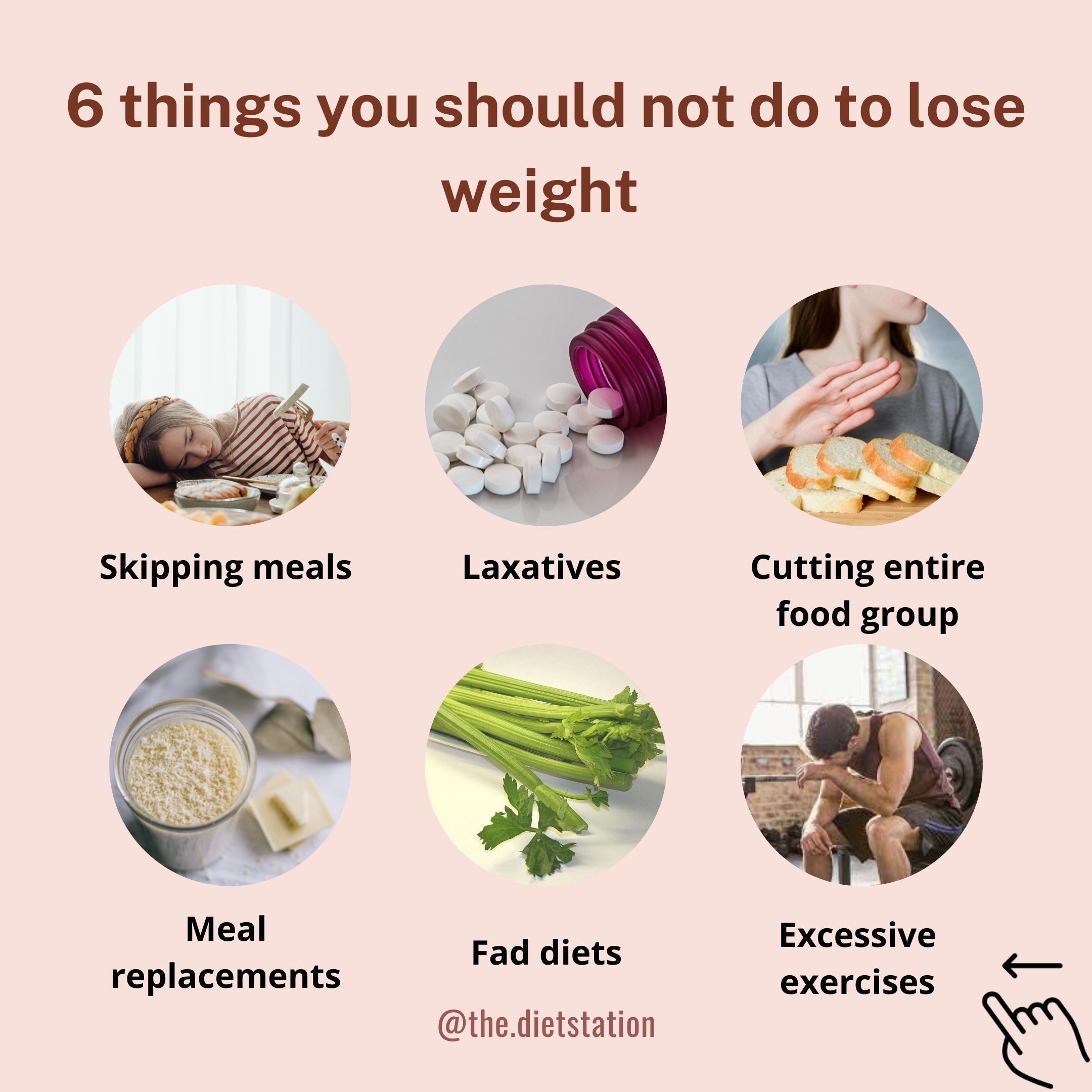First, we have to learn about the TDEE equation.
TDEE = BMR + EAT + NEAT + TEF

BMR (60-70% of TDEE)
Energy a person needs to keep body functioning at rest.
Even if you’re lying on bed for a whole day, your body needs energy for breathing, controlling temperature, blood circulation etc.
EAT (~5% of TDEE)
Energy burned through planned exercise e.g. training/ workouts
For athletes, EAT would definitely higher than 5%. However, most of us overestimates the effect of exercises on weight loss. Based on Harvard Health Publishing, a 70kg person burns 108 calories only doing 1/2 hour weight lifting. (Don’t get me wrong, physical activities are still very important during weight loss process) If you consume more energy than you burned, you will still gain weight.
NEAT (10-15% of TDEE)
Energy burned through unplanned activities e.g. walking, cooking, cleaning, doing housework etc.
That’s mean we can increase energy expenditure through daily activities. For example, get off the bus earlier and walk to your destination.
TEF (~10% of TDEE)
Energy required for digestion, processing and absorption of foods (macronutrients).
Among three macronutrients, protein causes highest TEF ~20-30% of energy content of ingested protein, followed by carbohydrates (5-10%) and fats (0-3%) [1]. We recommend increasing protein intake if you’re planning to lose weight!
Go to Facebook page for Chinese version.



